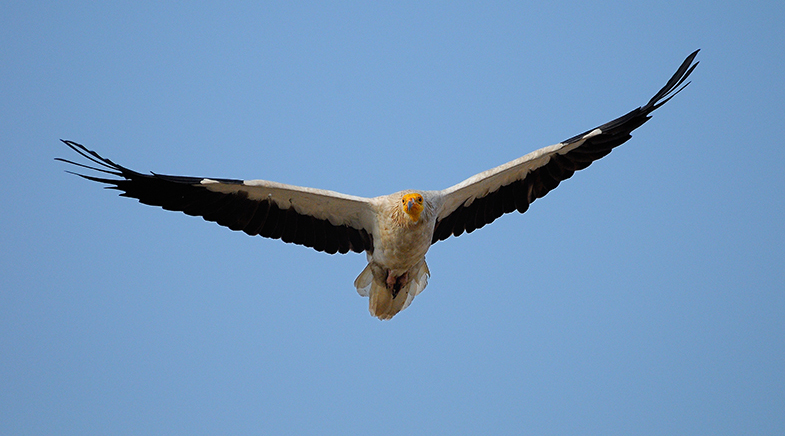The 'smart grid' fix
-
- from Shaastra :: vol 02 issue 02 :: Mar - Apr 2023

India's transition towards decarbonisation relies on a tighter embrace of renewable energy. It's important to get it right.
India is a laggard in the deployment of electric vehicles (EVs) – although this will hopefully be remedied over time, with more models entering the market and prices continuing to fall. But just how 'green' are EVs? Energy scientist Lee Schipper famously said that EVs should rightfully be called EEVs, or emissions elsewhere vehicles. Very few EVs in India are charged by solar power. Coal powers almost three-quarters of Indian electricity generation, and the use of coal for EVs is likely higher than the grid average given that many vehicles, especially buses and fleets, operate during the day. This presents a challenge – and perhaps an opportunity – for India's electricity transition towards decarbonisation, namely, a shift towards a renewable energy (RE)-heavy system with its inherent variability and intermittency.
The intermittency of wind and solar is well known, and conventional wisdom states that the solution lies in storage, as with batteries or pumped hydro. But these are expensive options, and have land and resource implications (such as the challenge of access to critical minerals for batteries). Have we fully appreciated the alternative: a revamped and smarter grid, including dramatically different prices for electricity based on the time of day?
PAST ISSUES - Free to Read


Have a
story idea?
Tell us.
Do you have a recent research paper or an idea for a science/technology-themed article that you'd like to tell us about?
GET IN TOUCH















